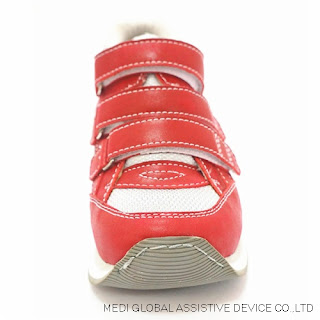Medi-Rehatek will introduce what the performance of diabetic foot neuropathy is.
Neuropathy mainly is as follows:
(1) Abnormal feeling, such as numbness, acupuncture-like pain, burning sensation and sensory hypersensitivity, especially at night;
(2) Feeling is weakened or lost, there is no feeling for such as cuts, burns, worn, blisters and so.
How to determine your own diabetic foot vascular disease?
Press your fingers on the foot artery of instep to test the pulse beating. If the beating is obvious, indicating the normal blood flow, on the contrary, if the beating is not obvious, or even very weak, indicating that local vascular obstruction may occur, it may occur diabetic foot disease, you should be vigilant.
Occurrence of intermittent claudication, is also important tips.
Patients should promptly go to hospital to have vascular ultrasound check, and havetimely treatment.
More relative blog : The high-risk rate of foot ulcers among diabetic foot patients























